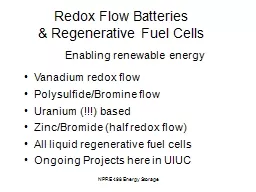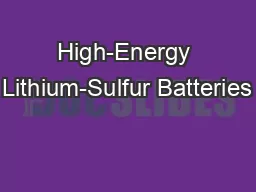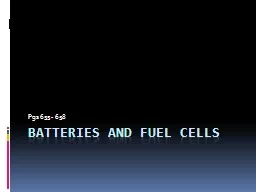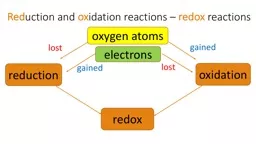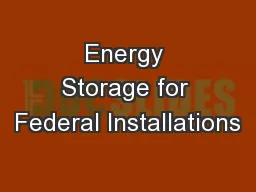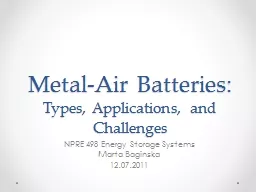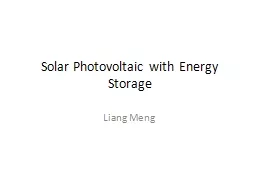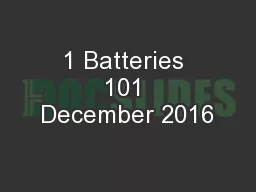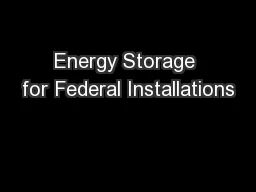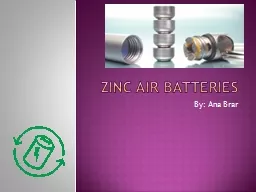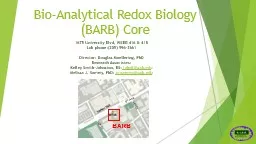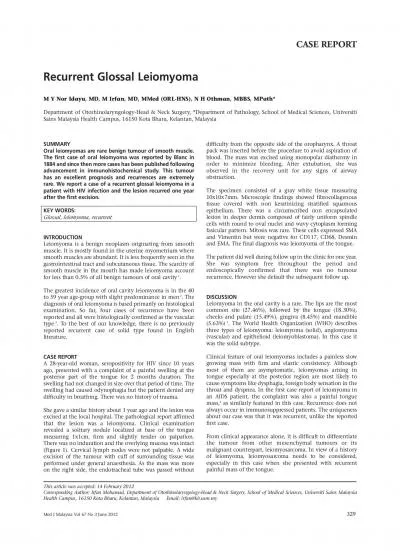PPT-NPRE 498 Energy Storage Redox Flow Batteries
Author : stefany-barnette | Published Date : 2018-10-23
amp Regenerative Fuel Cells Enabling renewable energy Vanadium redox flow PolysulfideBromine flow Uranium based ZincBromide half redox flow All liquid regenerative
Presentation Embed Code
Download Presentation
Download Presentation The PPT/PDF document "NPRE 498 Energy Storage Redox Flow Batte..." is the property of its rightful owner. Permission is granted to download and print the materials on this website for personal, non-commercial use only, and to display it on your personal computer provided you do not modify the materials and that you retain all copyright notices contained in the materials. By downloading content from our website, you accept the terms of this agreement.
NPRE 498 Energy Storage Redox Flow Batteries: Transcript
Download Rules Of Document
"NPRE 498 Energy Storage Redox Flow Batteries"The content belongs to its owner. You may download and print it for personal use, without modification, and keep all copyright notices. By downloading, you agree to these terms.
Related Documents

